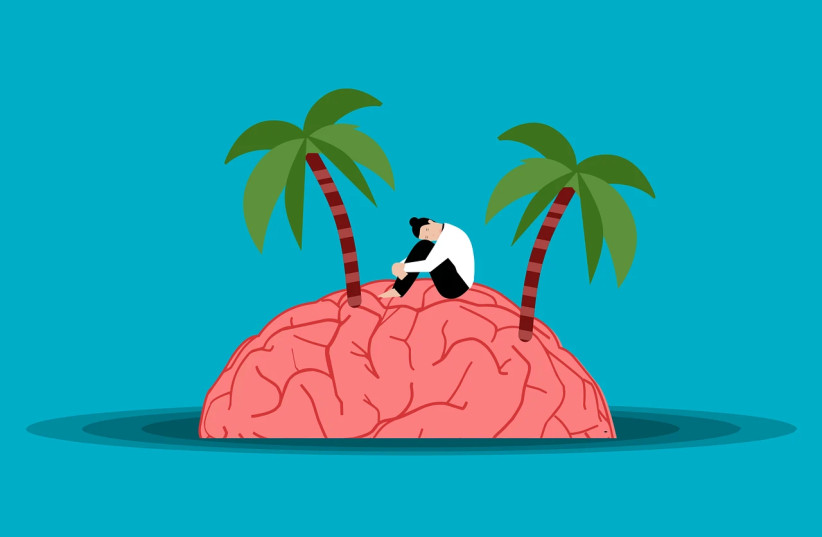It may be called a “golden age,” but one in two people at the age of 75 or older will have some kind of mental health disorder, according to a global study led by researchers from Australia’s University of Queensland (UQ) and Harvard Medical School.
Prof. John McGrath from UQ’s Brain Institute, Prof. Ronald Kessler from Harvard, and colleagues from 27 other countries analyzed data from more than 150,000 adults across 29 countries between 2001 and 2022. The data were taken from the largest-ever coordinated series of face-to-face interviews – the World Health Organization’s World Mental Health Survey initiative.
The published their findings in The Lancet Psychiatry under the title “Age of onset and cumulative risk of mental disorders: a cross-national analysis of population surveys from 29 countries.” They included respondents from 12 low-income and middle-income countries and 17 high-income countries, and 85,308 women and 71,023 men.
McGrath said the results show the high prevalence of mental health disorders, with half of the population developing at least one disorder by the age of 75. “The most common were mood disorders such as major depression or anxiety,” he said. “We also found the risk of certain mental disorders differed by gender.”
What are the most common mental health disorders?
The three most common mental health disorders among women were depression; a specific phobia (anxiety that interferes with daily life); and post-traumatic stress (PTSD). The three most common among men were alcohol abuse; depression; and a specific phobia.

The researchers also found mental health disorders typically first emerge in childhood, adolescence, or young adulthood. “The peak age of first onset was at 15 years old, with a median age of onset of 19 for men and 20 for women. This lends weight to the need to invest in basic neuroscience to understand why these disorders develop.”
Kessler said investment was also needed in mental health services with a particular focus on young people. Services need to be able to detect and treat common mental disorders promptly and be optimized to suit patients in these critical parts of their lives,” he continued.
“By understanding the age at which these disorders commonly arise, we can tailor public health interventions and allocate resources to ensure that appropriate and timely support is available to individuals at risk.” The researchers said the outcomes provide valuable insights into the frequency and timing of mental disorder onset based on many different populations.
